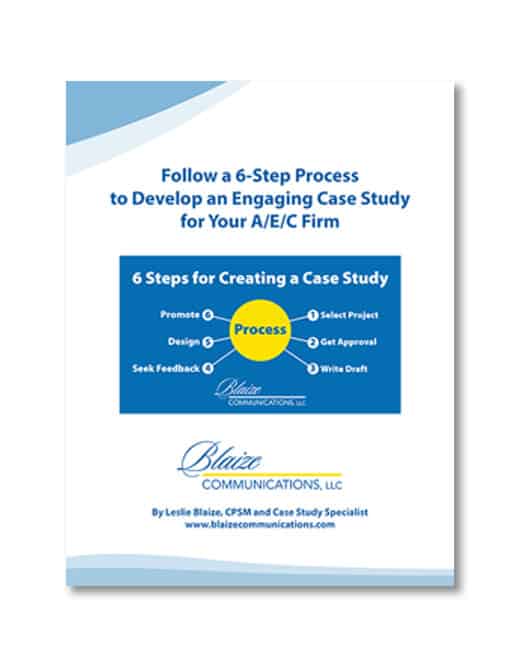If you’re taking a hike, a nearby crack of thunder gets your attention, especially if it’s followed by a lightning bolt or two. Rolling thunder, I’ve discovered, can be ignored. It’s more like background music that can be interesting, but not too threatening, even if you spot distant lightning. I experienced this phenomenon while seeking a soaring osprey with my husband. We knew where it was nesting on a high perch and hoped to take photos of this magnificent bird in flight. We had delayed our outing because of the threat of rain, but a forecast indicated that the storm had moved on.
As a result, we headed out with our binoculars and cameras. With a focus on our immediate mission, we both heard the rolling thunder, but barely acknowledged it. The ominous clouds were in the distance after all. But as luck would have it, the clouds quickly shifted, and a heavy storm began. We raced back to the car, drenched and a bit embarrassed by our lack of attention. We ignored the danger signs because they didn’t fit into our schedule. (Harold did eventually get the osprey photo, pictured above.) Long-range planning sometimes resembles that rolling thunder.
You hear it, and may even see the metaphorical dark clouds in the distance, but delay dealing with the threat.
Covey’s Time Management Grid Are your long-range goals upfront and personal or buried under your list of short-term to-dos and appointments? Consider the popular Covey time management grid from “The Seven Habits of Highly Effective People” used by the U.S. Geological Survey (USGS): https://www2.usgs.gov/humancapital/documents/TimeManagementGrid.pdf. Many contend that Quadrant 2 is the toughest – tasks that are not urgent and important. That’s your Rolling Thunder. You know you should be investigating some of your major issues – strategic planning, new client development, increased competition – but it’s easier to ignore these challenges than to confront them. In the time management article, the USGS suggested tracking work activities by quadrant for a week to analyze your use of time. Then you can identify your priorities and see if they should be adjusted.
Schedule Planning Sessions Another way to prioritize planning is to schedule short sessions to focus on your long-range goals. Get away from your computer and other distractions, set a timer for at least 20 minutes, and just write in your journal. If daily tasks pop into your head, jot them in the margins and keep writing. This practice may help you clarify obstacles and identify issues that need further study. There’s something about writing that opens your mind to new ideas. It’s so easy to get bogged down in the daily grind, and big-picture thinking often remains on the back burner. Taking a high-level view of your business, if only for a short amount of time, can help promote your career and increase personal satisfaction in your work.
Heed the Rolling Thunder Pressing deadlines and fulfilling client or management requests are like thunderclaps. They demand your immediate attention. For real advancement, look up and check out the horizon. Pay attention to that Rolling Thunder in the distance that signals personal or industry challenges requiring consideration. If you’re prepared, it will be easier to deal with that business dilemma ̶ or an unexpected downpour.

